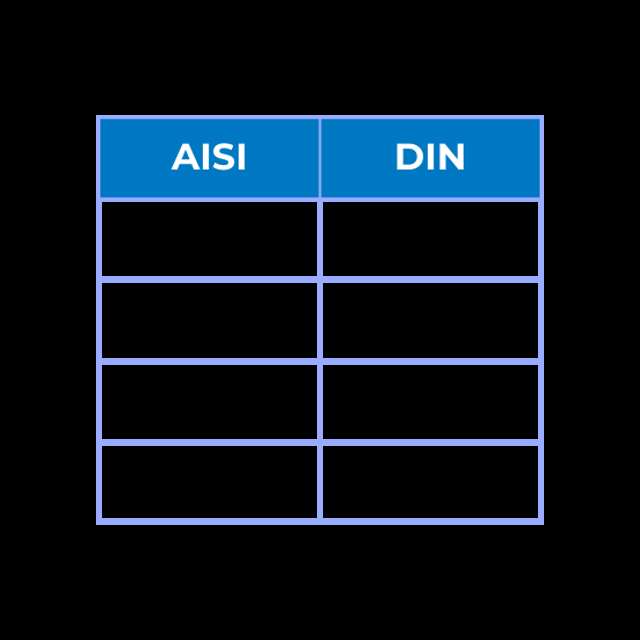Steel in the process industry
What is AISI and DIN?
Steel standards play a crucial role in the process industry, where precision, durability and quality are key. Standards ensure that materials meet strict requirements for strength, corrosion resistance and other critical properties.
In the process industry, particularly in chemical, pharmaceutical and food production, the reliability and safety of equipment depends on the steel meeting these established standards.
By following the standards, steel component manufacturers can effectively plan and design products or parts that are not only efficient but also safe to use in production.
AISI (American Iron and Steel Institute) and DIN (Deutsches Institut für Normung) are prominent bodies that set standards for steel grades and specifications globally.
AISI standards are widely used in North America, while DIN standards are primarily used in Europe.
Both standards ensure consistent quality and performance of steel products by defining their chemical composition, physical properties and manufacturing processes. Standardization is essential for global trade and cooperation, as it enables comparison and compatibility between different types of steel across international borders.

Steel standards in the food industry
In the food industry, choosing the right steel is crucial to ensure hygiene and prevent corrosion, which can affect both the safety and quality of food.
AISI and DIN steel standards set out specific requirements for stainless steel used in the production, processing and storage of food. These standards ensure that the steel types can withstand the frequent cleaning and sterilization processes without corroding.
The DIN standards DIN 1.4301 and DIN 1.4401 correspond to AISI 304 and 316 respectively. They are used in the food industry, especially for tanks and valves.
The choice between AISI and DIN depends on application requirements and regional preferences, highlighting the need to understand the properties and applications of these steel grades.
AISI 316 and 316L: What's the difference?
AISI 316 and 316L are both highly valued stainless steels, known for their excellent corrosion resistance and strength.
The primary difference between the two is the carbon content; 316L has a lower carbon content than 316. With a lower carbon content, 316L is more resistant to corrosion, especially intergranular corrosion that can occur after heat treatment or welding. 316L is therefore ideal for applications that require welding and strict cleaning standards.

 da
da
 de
de
 en
en
 sv
sv
